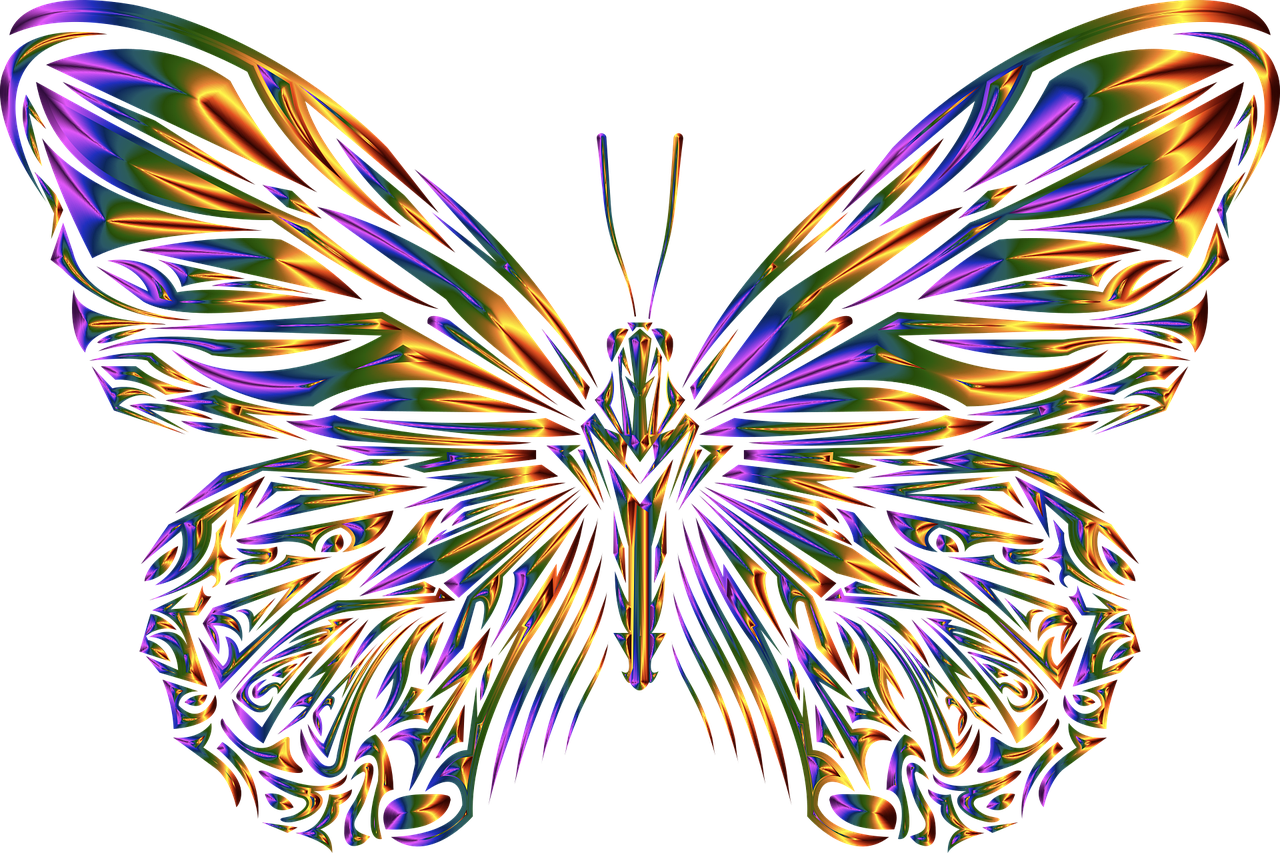Color Preferences: Understanding Personal Tastes

Before diving in, please note: This post is for informational purposes only. If you’d like to know more about how we approach topics, feel free to check out our friendly Disclaimer Page.
Hey there, amazing readers! 🖐️ Just a quick note: yes, we know there are a lot of ads here. Trust us, we get it—it’s not the prettiest look, but they help us keep this blog alive and kicking. Those pesky little ads cover the costs of all the behind-the-scenes magic, from hosting and tech stuff to creating content we hope you’ll love.
We’re committed to delivering quality posts, and your support (even just sticking around despite the ads) means everything to us. So, bear with us, and thanks for helping us keep the good vibes rolling. Now, on to the fun stuff! 😉
TRANSLATE BUTTON AT THE END OF THE ARTICLE
A Quick Overview
Color preferences play a significant role in our daily lives, influencing our choices in everything from clothing to home decor.
The colors we are drawn to can say a lot about our personalities, emotions, and even our cultural background.
Understanding why we prefer certain colors over others can provide insight into our individual tastes and preferences.
In this article, we will delve into the psychology behind color choices, explore the factors that influence our color preferences, and discuss how colors can impact our mood and emotions.
Color Preferences: Understanding Personal Tastes
Color preferences are deeply personal and can vary greatly from one individual to another.
Some people may gravitate towards bright, bold colors like red or yellow, while others prefer more muted tones like pastels or neutrals.
Understanding your own color preferences can help you make informed decisions when it comes to everything from choosing a paint color for your walls to selecting an outfit for a special occasion.
The Psychology Behind Color Choices
The study of color psychology examines how colors can impact human behavior and emotions.
Different colors are believed to evoke different feelings and reactions in individuals.
For example, red is often associated with passion and energy, while blue is thought to promote feelings of calm and tranquility.
By understanding the psychological effects of colors, you can use them strategically to create a desired mood or atmosphere in various settings.
Factors Influencing Color Preferences
Several factors can influence an individual’s color preferences, including personal experiences, cultural background, and societal influences.
For example, someone who grew up in a tropical climate may be drawn to vibrant, warm colors like orange and pink, while someone from a colder climate might prefer cooler shades like blue and green.
Additionally, our mood, current trends, and even our age can play a role in determining which colors we find most appealing.
Cultural and Societal Influences
Cultural and societal norms can also impact our color preferences.
In some cultures, certain colors may have specific meanings or associations that influence how they are perceived.
For example, in Western cultures, white is often associated with purity and innocence, while in some Eastern cultures, it can symbolize mourning or death.
Understanding these cultural differences can help us navigate the complex world of color preferences with sensitivity and awareness.
Gender Differences in Color Choices
Research has shown that there are some differences in color preferences between men and women.
While these differences are not universal and can vary from individual to individual, studies have found that women tend to prefer softer, more pastel colors, while men are more likely to gravitate towards bold, primary colors.
These gender differences in color preferences can be influenced by a variety of factors, including societal expectations and biological differences.
Age and Color Preferences
Our age can also play a role in shaping our color preferences.
Children, for example, often gravitate towards bright, vibrant colors, while older adults may prefer more subdued tones.
As we age, our experiences and preferences may change, leading us to appreciate different colors at different stages of our lives.
Understanding how age influences our color preferences can help us adapt our surroundings to better suit our changing tastes.
Emotional Responses to Colors
Colors can evoke strong emotional responses in individuals, often without us even realizing it.
For example, the color red is commonly associated with feelings of passion and excitement, while green is often linked to feelings of peace and harmony.
By paying attention to how different colors make us feel, we can use them to create environments that promote positive emotions and enhance our overall well-being.
Color Associations and Meanings
Different colors have been associated with various meanings and symbols throughout history.
For example, yellow is often linked to happiness and optimism, while black can symbolize mystery and sophistication.
By understanding the meanings behind different colors, we can use them strategically to convey certain messages or evoke specific emotions in our surroundings.
This can be particularly useful in design, branding, and marketing.
How to Determine Your Color Preferences
If you’re unsure about your color preferences, there are several ways to determine which colors you are naturally drawn to.
One simple method is to take a look at your wardrobe and see which colors dominate.
You can also pay attention to the colors you are naturally drawn to in nature or in art.
Additionally, consider how different colors make you feel and the emotions they evoke.
By exploring your reactions to different colors, you can gain a better understanding of your own color preferences.
Applying Color Psychology in Design
Color psychology can be a powerful tool in design, allowing designers to create spaces that evoke specific feelings or emotions in their users.
For example, warm colors like red and orange can create a sense of coziness and intimacy, while cool colors like blue and green can promote relaxation and calm.
By understanding how color influences mood and behavior, designers can create environments that are not only aesthetically pleasing but also functional and emotionally impactful.
Using Colors to Influence Mood
Colors have the ability to influence our mood and emotions in powerful ways.
For example, studies have shown that exposure to the color blue can help reduce stress and promote feelings of calmness.
Similarly, the color yellow is often associated with energy and positivity.
By incorporating these colors strategically into our surroundings, we can create spaces that uplift our mood and enhance our overall well-being.
Whether it’s painting a room in a calming shade of blue or adding pops of energizing yellow to an office space, colors can be used to create environments that support our emotional health.
Tips for Choosing Colors in Different Settings
When choosing colors for different settings, it’s important to consider the desired mood or atmosphere you want to create.
Here are some tips for selecting colors in various settings:
In a bedroom, opt for calming colors like soft blues or greens to promote relaxation and restful sleep.
In a workspace, choose energizing colors like yellow or orange to boost creativity and productivity.
In a dining room, consider warm tones like red or orange to stimulate appetite and create a cozy atmosphere.
In a living room, mix and match different colors to create a dynamic and inviting space that reflects your personality.
When selecting colors for branding or marketing materials, consider your target audience and the emotions you want to evoke.
By following these tips and being mindful of how colors can impact our emotions, you can create environments that are not only visually appealing but also emotionally satisfying.
Conclusion
Color preferences are a complex and deeply personal aspect of our lives, influenced by a variety of factors including psychology, culture, gender, age, and emotions.
By understanding the reasons behind our color choices and how different colors can impact our mood and behavior, we can make informed decisions when it comes to everything from interior design to fashion.
Whether you prefer bold, bright colors or soft, muted tones, embracing your unique color preferences can help you create spaces that reflect your personality and enhance your well-being.
Remember, the world of color is vast and diverse, so don’t be afraid to experiment and discover new shades that resonate with you.

The Enlightenment Journey is a remarkable collection of writings authored by a distinguished group of experts in the fields of spirituality, new age, and esoteric knowledge.
This anthology features a diverse assembly of well-experienced authors who bring their profound insights and credible perspectives to the forefront.
Each contributor possesses a wealth of knowledge and wisdom, making them authorities in their respective domains.
Together, they offer readers a transformative journey into the realms of spiritual growth, self-discovery, and esoteric enlightenment.
The Enlightenment Journey is a testament to the collective expertise of these luminaries, providing readers with a rich tapestry of ideas and information to illuminate their spiritual path.
Our Diverse Expertise 🌟
While our primary focus is on spirituality and esotericism, we are equally passionate about exploring a wide range of other topics and niches 🌍📚. Our experienced team is dedicated to delivering high-quality, informative content across various subjects ✨.
To ensure we provide the most accurate and valuable insights, we collaborate with trusted experts in their respective domains 🧑🏫👩🏫. This allows us to offer well-rounded perspectives and knowledge to our readers.
Our blog originally focused on spirituality and metaphysics, but we’ve since expanded to cover a wide range of niches. Don’t worry—we continue to publish a lot of articles on spirituality! Frequently visit our blog to explore our diverse content and stay tuned for more insightful reads.







